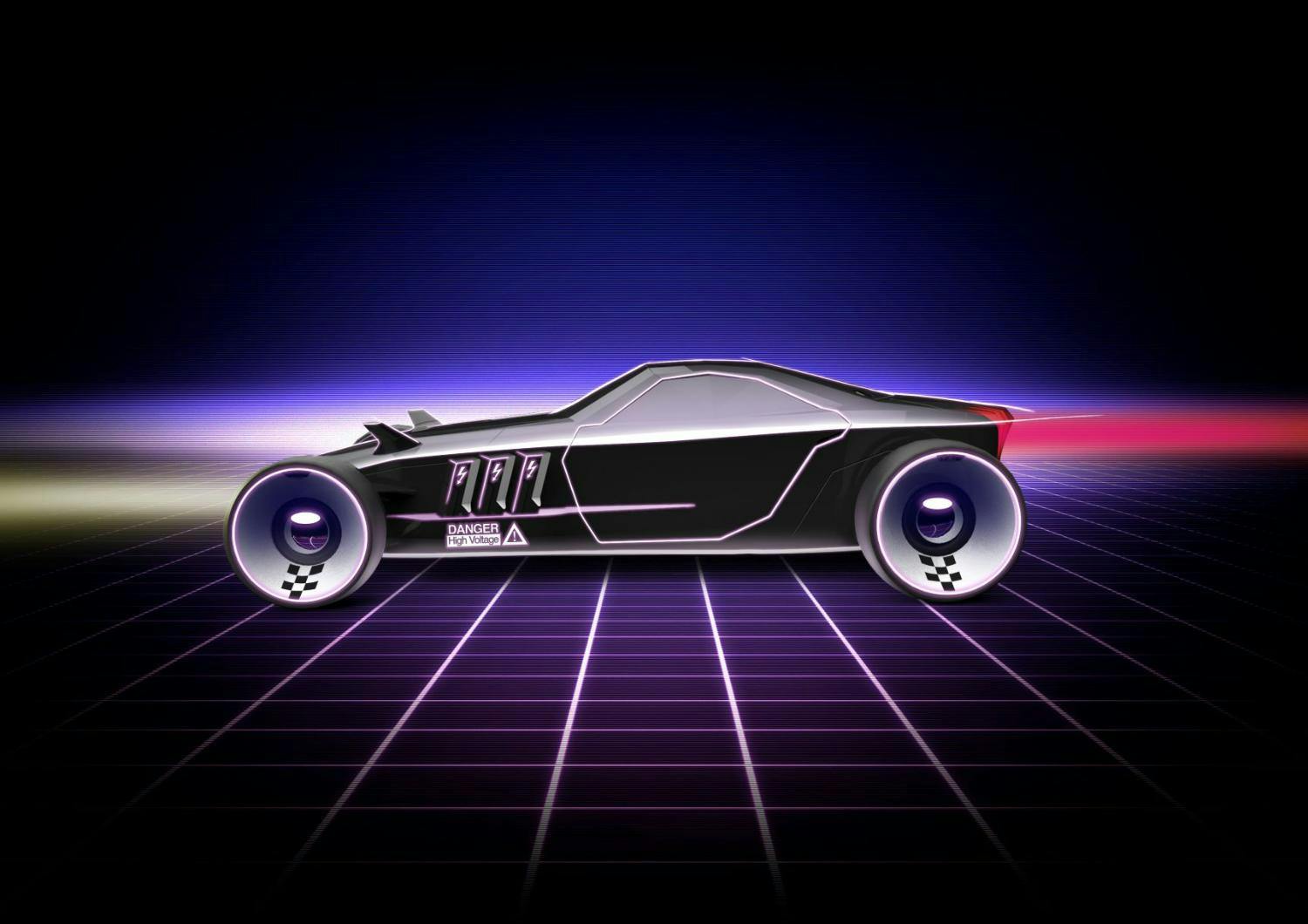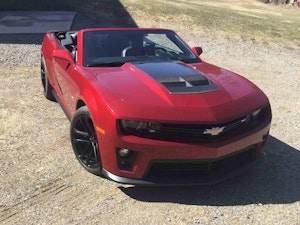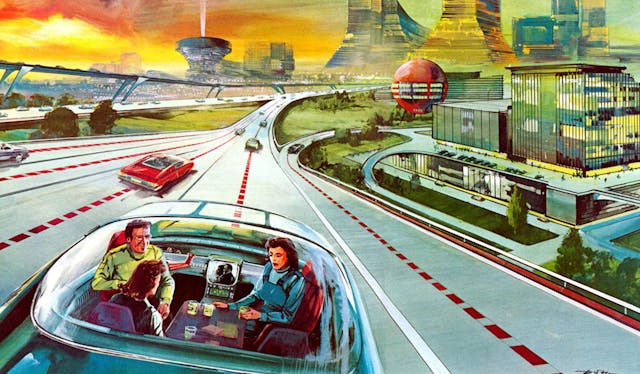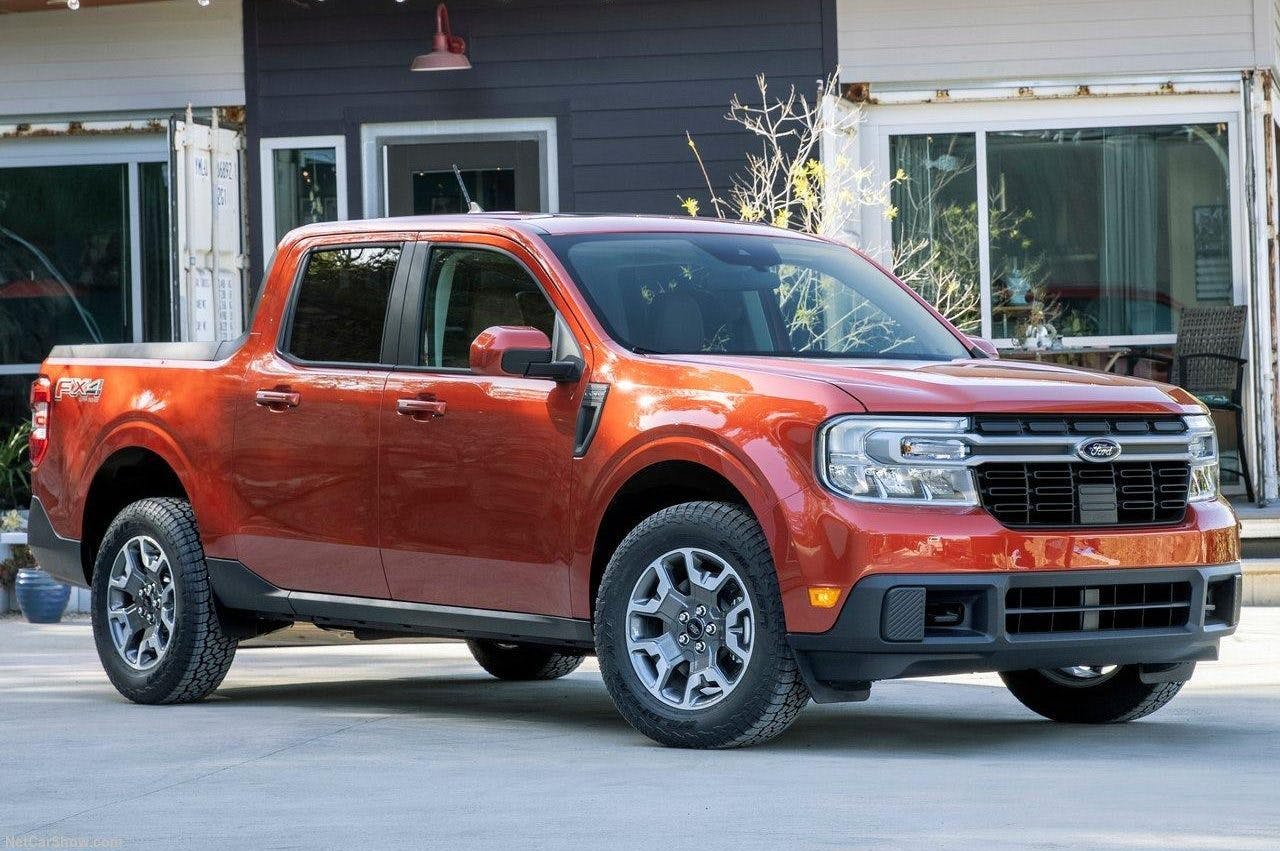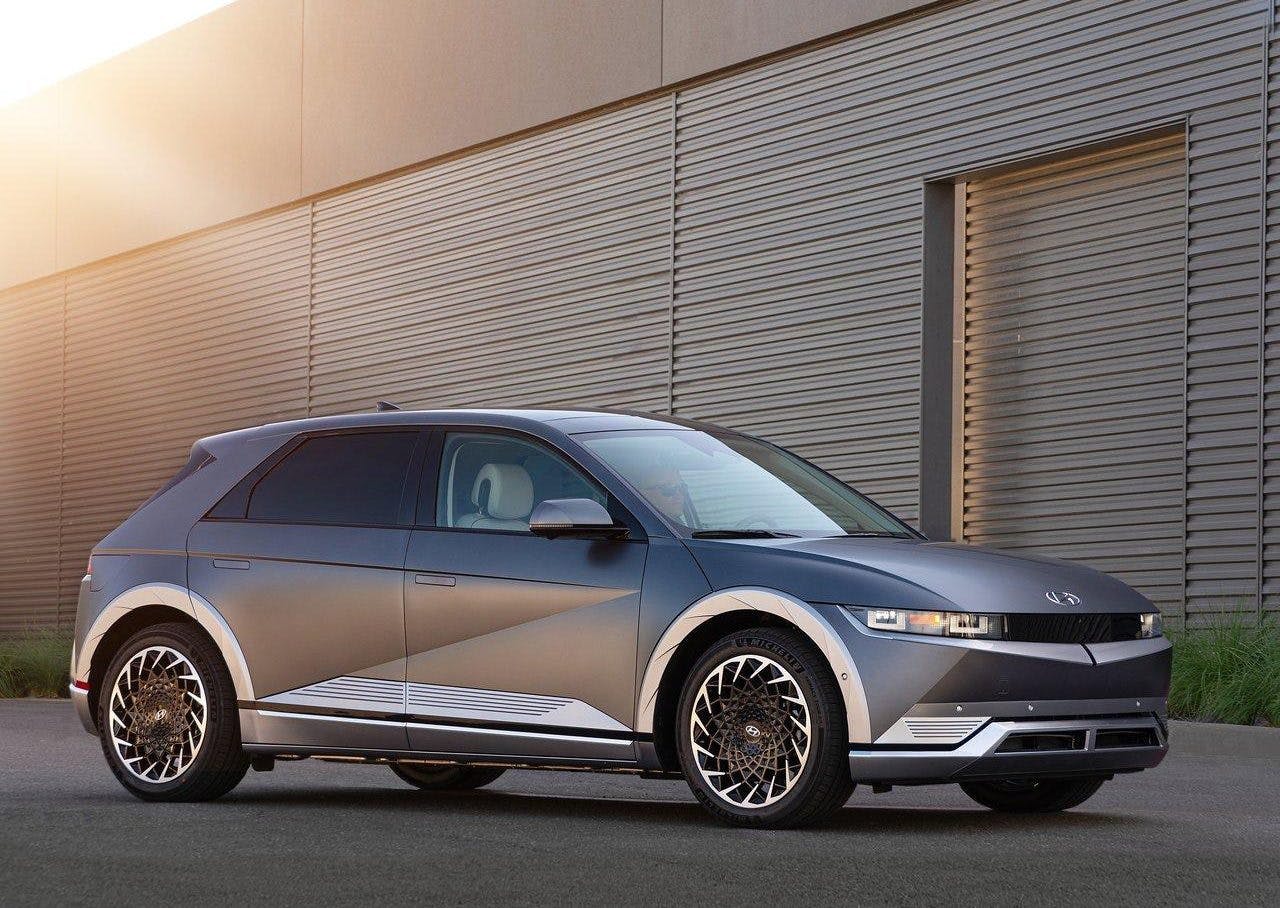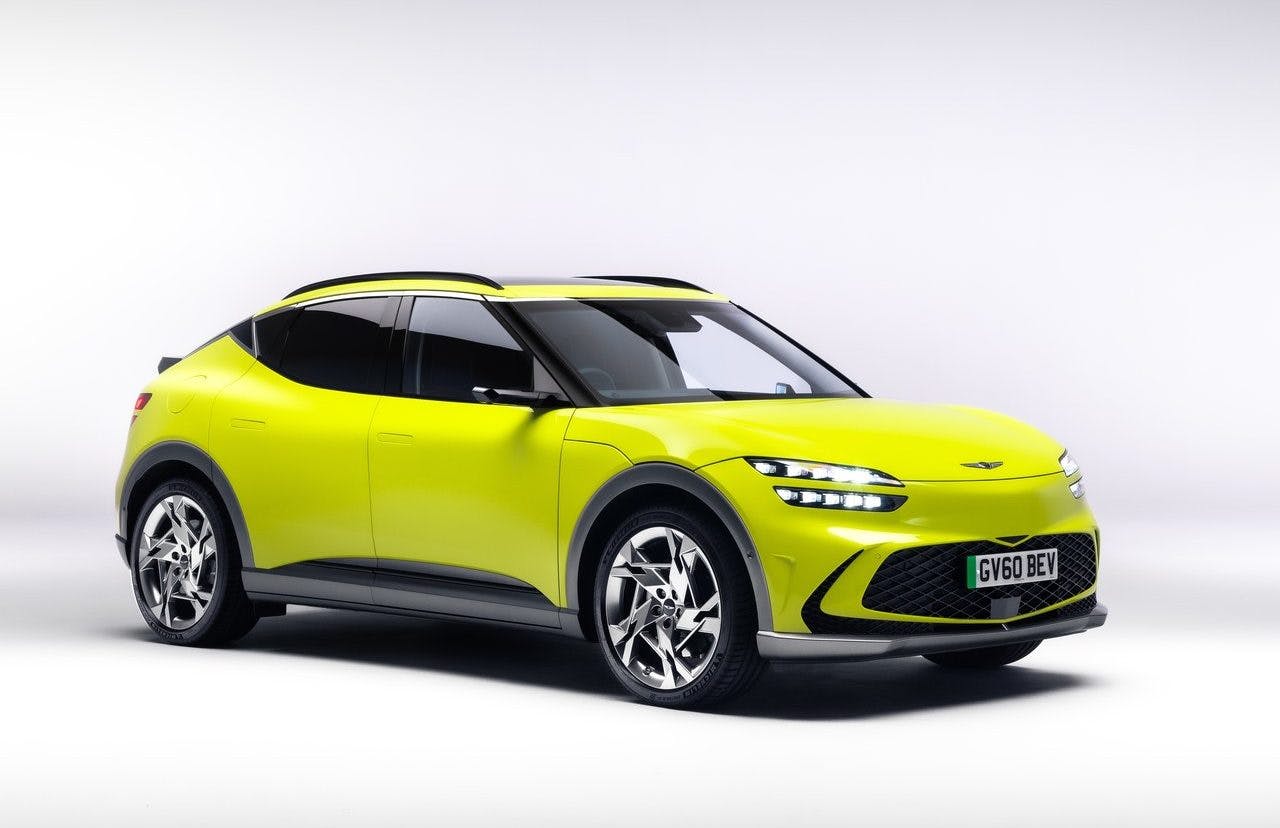Media | Articles
Vision Thing: Independent thoughts on autonomy
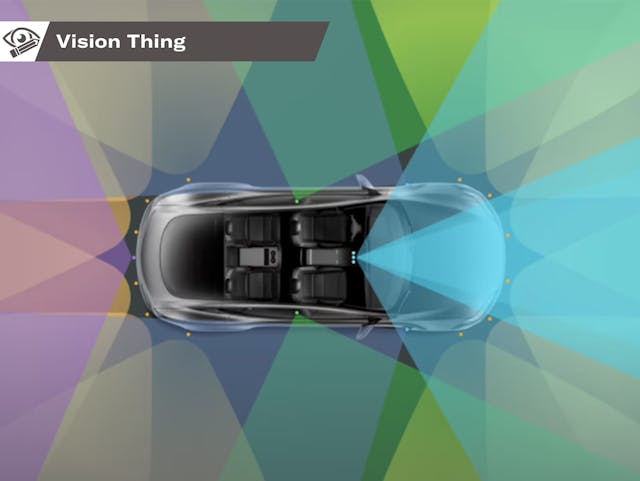
Old car magazines are a brilliant time machine aren’t they? Since acquiring my Ferrari Mondial QV a few months back, I’ve slowly been amassing a small collection of relevant literature. I love reading contemporary opinions of the car at the time it was released. Picking them up cheap is a lovely lead-in to an afternoon spent in a comfy chair, in which two things become crystal clear: how critical we used to be and just how far we’ve come. Actually, add a third: just how little we know about what’s going to happen in our automotive future.
Remember when the Orbital two-stroke was the answer to vexing economy, power, and emissions (!) problems in the early Nineties? Imagine a modern Mini Cooper with a ripping two-stroke motor that weighs about a third of a conventional four-stroke, all the power at the top, and no plume of blue smoke trailing behind you. That’s one particular future which utterly failed to materialize.

According to some, our current automotive future will be even more bleak. The industry is seeming to collectively shrug its shoulders on combustion engines and concede that the future will be full of appliance EVs. And that’s if the OEMs envision their customers driving at all, so every claim about the inevitability of this green landscape is pointless to critically question. To slightly misquote Frank Costanza, I gotta a lotta problems with this, and you people are gonna hear about it.
When I graduated with my bachelor’s degree about a decade ago, OEMs and start-ups were fire-hosing money at anything remotely related to autonomy. Come up with a convincing enough word salad like, “my project is a paradigm shifting autonomous third space that is recontextualized for a service led future in the urban environment” and you were hired into an off-the-books OEM mobility skunkworks. Think late Nineties dot-com boom on wheels. I thought the whole thing sounded a bit … nebulous; for graduation I designed an electric hot rod instead.
At the masters level, car designers are expected to apply a lot more research to their projects. So I read. And I read. And the more I read, the more this whole autonomy thing just didn’t make sense. It seemed to me there were several circles it would be impossible to square away.
Marketplace
Buy and sell classics with confidence
On a fundamental thought exercise level, suppose we have a self-driving car. That car runs over and kills someone. Who is responsible? The driver? There isn’t one, remember? Merely an owner who just happened to be in the offending vehicle. The manufacturer of the car? They slap together a load of sub-assemblies from various suppliers, any of whom could be “at fault” potentially. But they only supply the hardware, the boxes and the sensors. Not the code. And so on, into a hypothetical Gordian knot of epic liability proportions.
At the time Uber was setting fire to dollar bills in pursuit of self-driving cars, its hope was that this would allow its business to finally turn the corner on profitability. The plan was to refrain from giving those pesky drivers a cut of the fares, which, again, made no sense to me. At that point Uber would become responsible for the purchase, maintenance, and upkeep of a whole fleet of these ride-share pods—costs at the time born by the drivers designated as independent contractors. After a series of setbacks, including a fatal accident, in 2021 Uber threw its hands in the air and offloaded the division. True, full and faultless autonomy remains an elusive endeavor, even for Tesla’s Full Self Driving beta, arguably the most sophisticated technology in the business. Make no mistake, driving assistance systems are here to stay, but in my view they should be akin to flight envelope protection on an aircraft—in the background as a prevention rather than a cure.
In the meantime, we can consider the potential effects of a fleet of autono-pods roaming our cities, ready to be beckoned at the click of an app. Today’s ride-sharing has been proven to increase congestion in urban areas by as much as 3 percent in studies conducted by the ride-sharing companies themselves. Am I going insane? Having driven through central London many times since the introduction of Uber and other imitators, that 3 percent feels more like 20 percent. One of the justifications given for their existence is the old horse about private cars only being used for 5 percent of the time. You know what they’re not doing for the 95% of the time they’re parked? Causing pollution.
And therein lies the rub. Your car, whatever it is, is parked outside, ready to go, right now. To the grocery store at 9 a.m. on a Sunday when you’ve run out of cat food. Or at 3 a.m. when you have a sick child to take to the ER. It won’t suddenly turn around halfway to your house and cancel your ride because surge pricing is in operation downtown and the algorithm has decided there’s a much more profitable fare to be had there.
It’s yours. Your seat settings. Your radio station. Your change rattling around in the door pockets. And this is what premium OEMs seemed to miss when they speak about such nonsense as “transitioning into a mobility service provider.” How on earth could a premium manufacturer provide, say, cars on demand when the person in the vehicle before you left it looking like the aftermath of a frat party ? Consider why public transportation systems of all stripes have hose-down, urine-proof interiors—a design necessity not exactly compatible with luxury brand values. Most OEMs seem to have given up on these half-baked ideas and are charging (sorry) instead full speed ahead into the world of electrical propulsion.
I’ve aimed to debunk a few common EV misconceptions before, but there is reason to be somewhat optimistic. For one, the fear that these cars will all drive the same way because of commodity motors and battery packs is pure nonsense. Most OEMs design and build motors in conjunction with Tier One suppliers to their specific requirements. As any RC enthusiast will tell you, there’s no such thing as a stock motor. And the motor is only one component of the several hundred parts and systems that make up a platform. We can already achieve huge differentiation on a platform; Ford’s C2 underpins everything from the Focus to the Chinese-market Mondeo (via the Lincoln Zephyr) to the Maverick pick up, with a few more scattered in between. If they didn’t do it, they wouldn’t make any money.
A few years ago, when I was still gainfully employed, the design marketing team (I know) arranged some EVs for us to try out. A Jaguar I-Pace, a Model S, Model X and slightly more thrillingly for me, probably the only Chevy Bolt in the U.K.
It took a couple of days before I finally had the time, but I noticed the Bolt never moved once, whereas the others cycled in and out with regularity. Mentioning this I was told no-one wanted to try it. I cannot abide this sort of non-curiosity. A whole studio full of designers calling themselves enthusiasts?
As a designer it’s important to learn and experience as much about any car as you can, especially something like the Bolt, which was then still something of a novelty. I spent a whole afternoon by myself on the local back roads squealing the low rolling resistance tires and scraping the paint from its door handles. Then I went on the local motorway and surprised a few fast movers, before having to get out of the way again because it’s limited to 90-ish mph. Seeking my amateur road testers verdict upon my return, I said it had a cheap interior and an expensive purchase price (all evaluation cars come with a detailed laminated spec sheet), but was quite the little go kart. Odd shape, though.
With the Tesla Model X, unsurprisingly, the performance was organ rearranging; I managed to chirp all four tires in the dry. Autopilot seemed impressive but gimmicky for the five minutes I tried it. No way would I trust it on a long journey because it was already well in the news by then. My overall thoughts were that you’re paying the thick end of $120K for the acceleration, the funky doors, and the FSD driving assistance. The rest was chucked in for free.
Two days, two hugely different EV experiences. Granted, it was vastly different price points and OEMs, but even within the same company there will be plenty of scope for engineers to calibrate things differently, and for designers to flex their Photoshop muscles. Hyundai’s E-GMP platform can be configured in either single-motor RWD (hooray!) or dual motor 4WD is currently under the Ioniq 5, the Kia EV6, and the more visually pleasing Genesis GV60.
I’ve mentioned before that I think EV platforms will allow a slight tweaking of existing shapes and proportions. Think the Taycan looks cool? I’ve seen a four-door sports sedan proposal that makes it look more sedate than a Crown Vic.
There will be just as much diversity in the EV daily drivers of the future as there is in ICE ones at the moment: vehicle types, power outputs, trim levels, and so on. There may even be more variety because the environmental realities of owning a personal vehicle will be moot and OEMs won’t have to worry about emissions.
If it sounds like I’m wholeheartedly embracing an “all-electric future,” that’s not the case. I’m not convinced it’s The Answer To Everything. There are too many barriers to mass adoption at the moment including a high price of entry and a charging infrastructure that for non-Tesla owners is a shambles, especially if you can’t charge at home. Consumers won’t switch en-masse until they can get better than what they have already for the same money. At the moment EVs work for some people in some use cases, and that’s great. Here in Europe, however, most people have to street park, so unless I can run an extension cable out of a window and across the sidewalk overnight, you won’t see me in an EV for a while yet.
